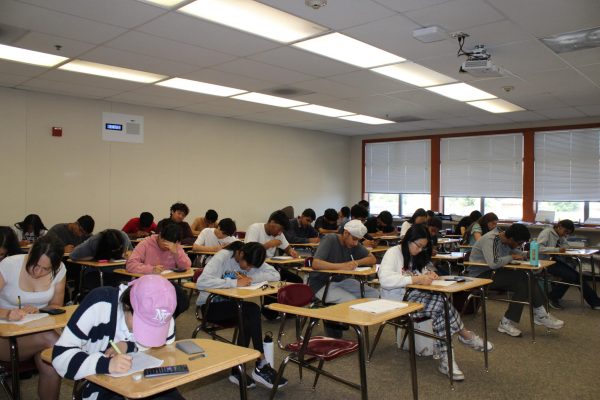Keep water use restrictions
After five droughts over the past five decades, these lengthy dry spells have felt like an unwelcome neighbor that repeatedly shows up at California’s door despite solutions to brush it away.
But on April 5, the Contra Costa Water District (CCWD) voted to boot the neighbor out and end most drought restrictions by the end of this month in ways that should not be permanent.
Implemented in April 2022, some of these water use restrictions included charging an extra 79 cents per 748 gallons of water used, not serving water in restaurants unless requested, not automatically changing bedding daily in hotels, and limiting types of new irrigation.
Removing these restrictions follows a wet winter that filled reservoirs and guaranteed that the CCWD would receive 100 percent of its contracted amount of water, compared to only about 30 percent last year. Although refreshing, eliminating these restrictions might not be the most optimal option in the case of anticipating future droughts.
In 2022, the expectation for residential indoor water use was 55 gallons per person per day, and this bar may lower in the future. But as customers couldn’t necessarily be penalized for exceeding this daily amount, some struggled to follow these guidelines, with average daily consumption at around 260 gallons per day. And that was with California Gov. Gavin Newsom asking residents to lower their usage by 15 percent.
Now, it wouldn’t be surprising if people completely take their feet off the “conserve water” brakes and allow daily consumption rates to rise to the 2015 American average of 82 gallons per person per day.
While people are obviously wary about another drought period, without a sense of urgency or accountability they may be more inclined to take advantage of the new situation rather than maintain a low usage average.
Most people might shrug off the significance of evading droughts in favor of simply enjoying the reduction in water bills. Meanwhile, water conservation projects from students will more or less be relegated to sanctimonious Earth Day projects.
Alternatively, if the CCWD had maintained restrictions but announced the county was no longer in a state of drought, residents would continue conserving water while knowing it is not direly necessary.
Surplus water from rainfall and the water contract for this year could be reserved for usage in future droughts or businesses that direly need to increase water usage to stay afloat.

